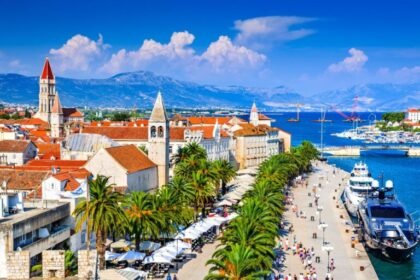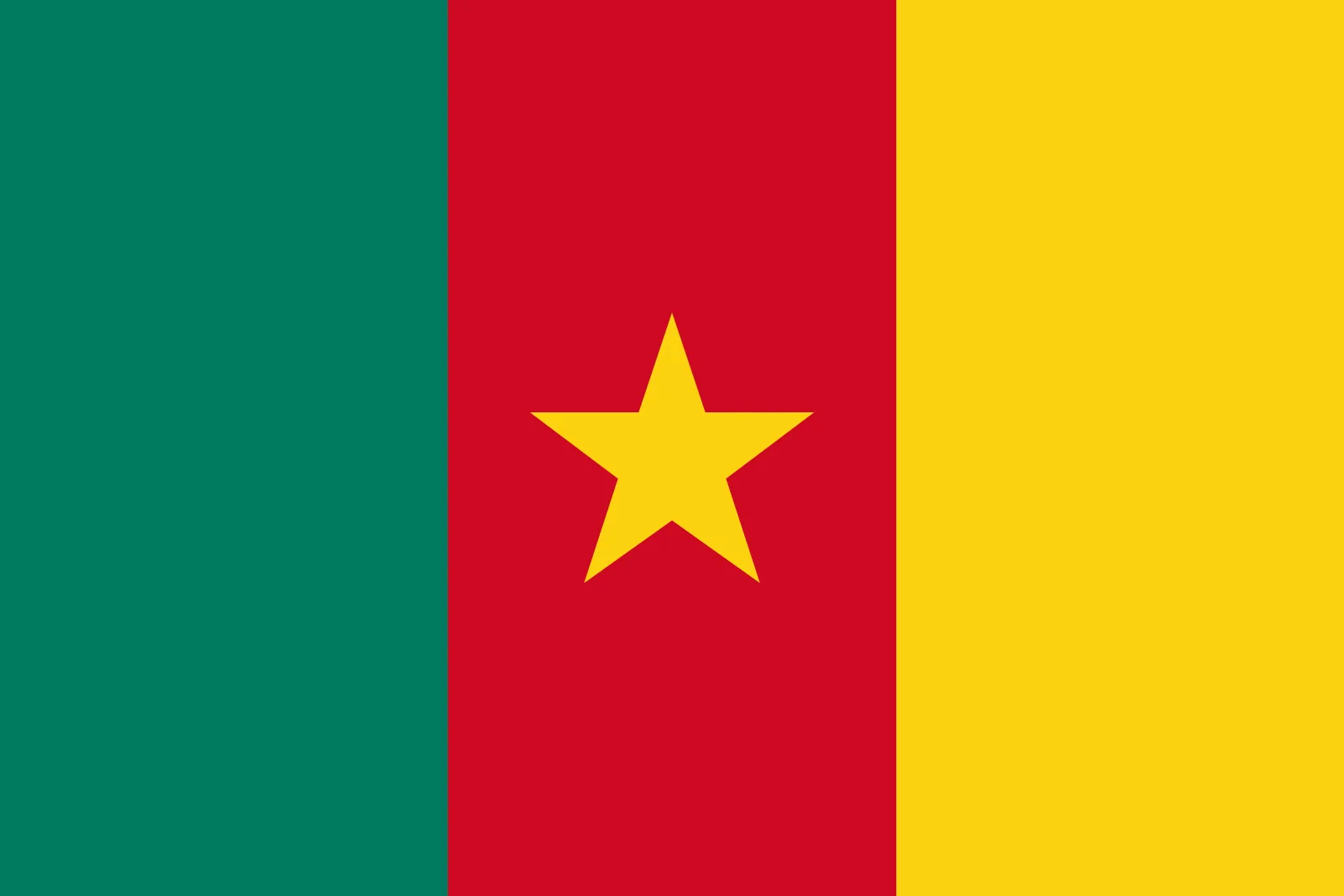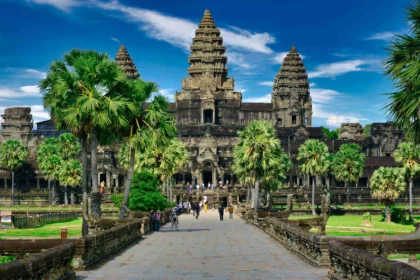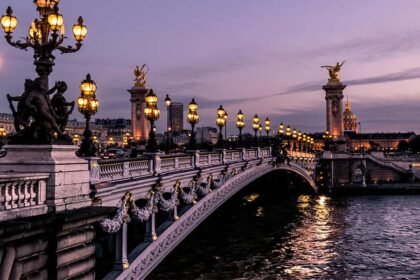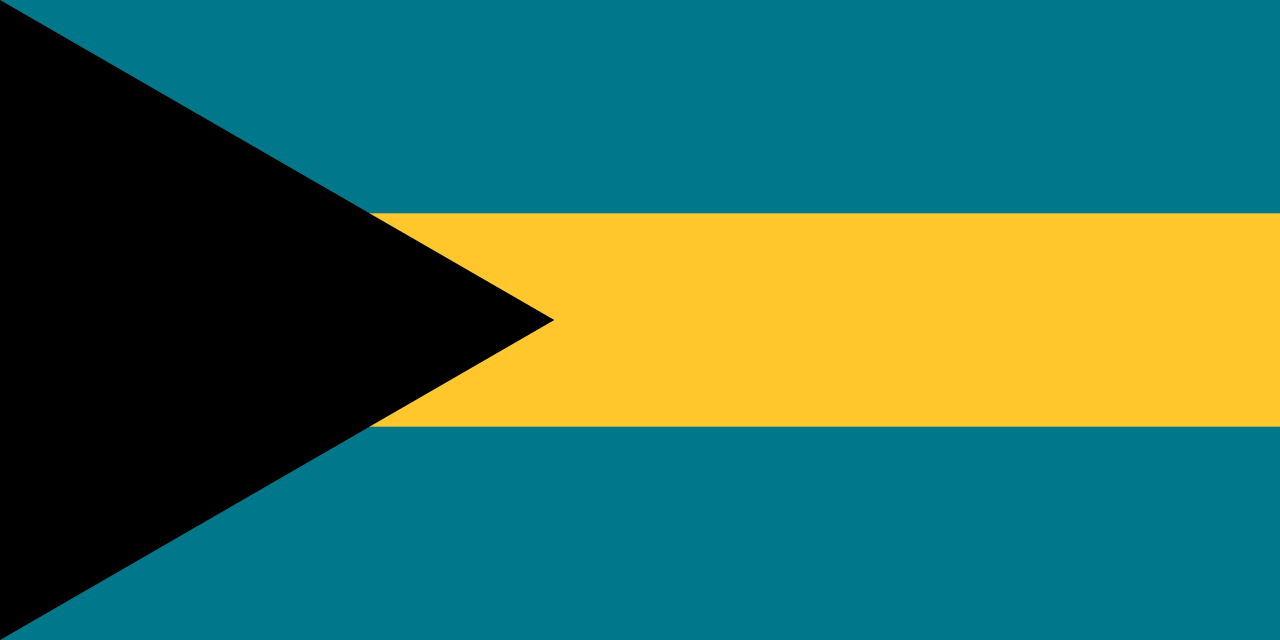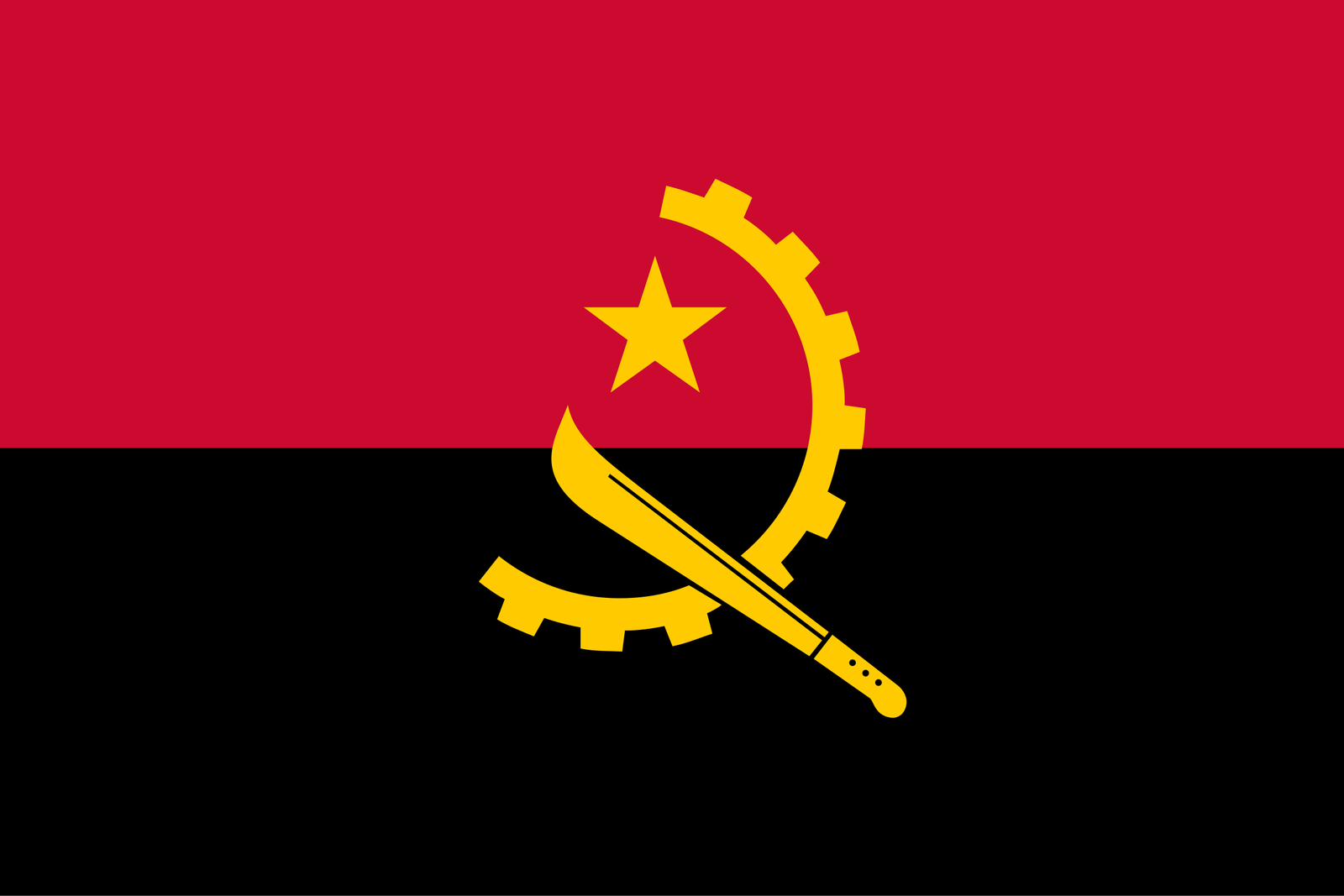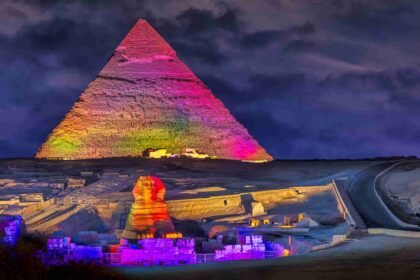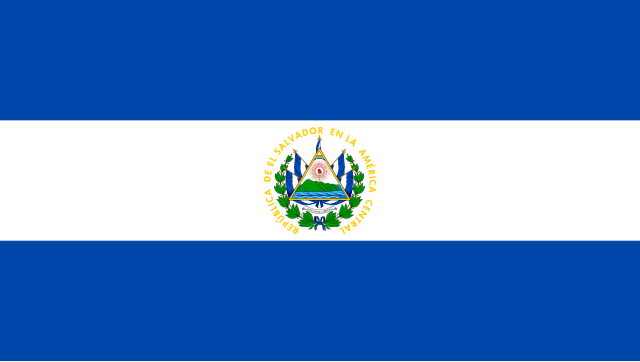
El Salvador, the smallest country in Central America, is often overlooked by travelers in favor of its larger neighbors. However, this compact nation offers a wealth of natural beauty, rich culture, and warm hospitality. From pristine beaches to ancient ruins and vibrant cities, El Salvador is a destination that promises adventure and discovery. This article provides an overview of El Salvador, covering its history, culture, top destinations, and practical travel tips.
1. A Glimpse into El Salvador’s History
El Salvador has a complex and fascinating history shaped by indigenous civilizations, colonial rule, and modern political struggles.
- Pre-Columbian Era: Before the arrival of the Spanish, the region now known as El Salvador was inhabited by various indigenous peoples, including the Pipil and Lenca. These civilizations built impressive cities and left behind a rich cultural heritage, which can still be seen in archaeological sites like Joya de Cerén and Tazumal.
- Spanish Colonization: In the early 16th century, Spanish conquistadors arrived in the region, leading to the colonization of El Salvador. The Spanish established settlements, introduced Catholicism, and exploited the region’s resources. The colonial period saw the rise of large estates (haciendas) and the forced labor of indigenous peoples.
- Independence and Civil War: El Salvador gained independence from Spain in 1821, initially as part of the Federal Republic of Central America before becoming a separate nation in 1839. The 20th century was marked by political instability and social inequality, culminating in a brutal civil war from 1980 to 1992. The conflict left deep scars but also led to significant social and political changes.
- Modern El Salvador: Today, El Salvador is a country on the mend, with a growing tourism industry and efforts to improve safety and infrastructure. While challenges remain, the country is increasingly being recognized for its natural beauty and cultural richness.
2. Salvadoran Culture and Traditions
Salvadoran culture is a vibrant mix of indigenous heritage, Spanish influence, and modern traditions.
- Language: The official language of El Salvador is Spanish, spoken by nearly the entire population. Indigenous languages, such as Nahuatl, are still spoken by some communities, though they are endangered.
- Religion: The majority of Salvadorans are Roman Catholic, though evangelical Christianity has been growing in recent years. Religious festivals and traditions, such as Semana Santa (Holy Week), are an important part of Salvadoran life.
- Art and Music: El Salvador has a rich tradition of folk art, including colorful textiles, pottery, and wood carvings. Music and dance are integral to Salvadoran culture, with traditional genres like cumbia, merengue, and ranchera being popular. The country’s vibrant street art scene, particularly in the capital San Salvador, reflects both historical and contemporary themes.
- Cuisine: Salvadoran cuisine is simple yet flavorful, with a focus on corn, beans, and fresh ingredients. The most iconic dish is the pupusa, a thick corn tortilla stuffed with cheese, beans, or meat, and served with curtido (pickled cabbage) and tomato sauce. Other popular dishes include yuca frita (fried cassava) and pastelitos (stuffed pastries).
3. Currency and Practical Information
The official currency of El Salvador is the US Dollar (USD), which was adopted in 2001. This makes it convenient for travelers from the United States, but it’s advisable to carry small denominations as change can be hard to come by.
Travel Smarter, Pack Better

Experience a carry-on built for travelers who value durability and sleek design. Its hard-shell exterior keeps your belongings protected wherever you go.
Move through airports with ease thanks to smooth 360° spinner wheels and a lightweight frame. Every detail is crafted to make travel feel effortless.
With smart interior compartments, this suitcase helps you stay organized on weekend trips or long adventures. Reliable, stylish, and ready for every journey.
4. Best Time to Visit El Salvador
El Salvador enjoys a tropical climate, with a distinct wet and dry season.
- Dry Season (November to April): The dry season is the best time to visit El Salvador, with sunny days and minimal rainfall. This period is ideal for outdoor activities, including hiking, surfing, and exploring archaeological sites.
- Wet Season (May to October): The wet season sees frequent afternoon showers, which can be heavy but are usually short-lived. The landscape is lush and green during this time, and there are fewer tourists, making it a good option for those seeking a more tranquil experience.
5. Top 5 Destinations in El Salvador
Despite its small size, El Salvador offers a diverse range of destinations, from bustling cities to serene natural landscapes.
1. San Salvador
The capital city, San Salvador, is a dynamic urban center with a mix of modern and colonial architecture. Key attractions include the National Palace, the Metropolitan Cathedral, and the Monumento al Divino Salvador del Mundo. The city is also home to vibrant markets, museums, and a thriving arts scene.
2. Ruta de las Flores
The Ruta de las Flores is a picturesque route through the highlands of western El Salvador, known for its charming villages, coffee plantations, and stunning landscapes. Towns like Juayúa, Ataco, and Apaneca offer colorful markets, handicrafts, and opportunities for hiking and exploring waterfalls.
3. Suchitoto
Suchitoto is a colonial town with cobblestone streets, well-preserved architecture, and a rich cultural scene. It’s a great place to experience traditional Salvadoran culture, with numerous festivals, art galleries, and cultural events throughout the year. Nearby, Lake Suchitlán offers boat tours and birdwatching.
4. Joya de Cerén
Often referred to as the “Pompeii of the Americas,” Joya de Cerén is an ancient Maya village preserved under volcanic ash. This UNESCO World Heritage site provides a unique glimpse into the daily life of the Maya people, with well-preserved structures, tools, and artifacts.
5. El Tunco
El Tunco is a laid-back beach town on the Pacific coast, famous for its surf culture and vibrant nightlife. The town attracts surfers from around the world with its consistent waves, but it’s also a great spot for relaxing, enjoying fresh seafood, and watching stunning sunsets.
6. Things to Do in El Salvador
El Salvador offers a range of activities for adventurers, history buffs, and beach lovers alike.
- Surfing: El Salvador is one of the top surfing destinations in Central America, with spots like El Sunzal and Punta Roca offering world-class waves. Surf schools and rental shops make it easy for beginners to join in the fun.
- Hiking and Nature: The country’s diverse landscapes offer excellent opportunities for hiking and ecotourism. Cerro Verde National Park and Santa Ana Volcano are popular hiking destinations, offering stunning views of the surrounding countryside and volcanic craters.
- Exploring Archaeological Sites: In addition to Joya de Cerén, El Salvador has several other important archaeological sites, including Tazumal and San Andrés, which provide insights into the region’s ancient civilizations.
- Visiting Coffee Plantations: El Salvador is renowned for its high-quality coffee, and visiting a coffee plantation is a must for coffee lovers. The Apaneca-Ilamatepec region is known for its coffee tours, where you can learn about the production process and taste fresh, locally-grown coffee.
7. Practical Tips for Travelers
- Visas: Many nationalities, including citizens of the United States, Canada, and the European Union, do not require a visa to enter El Salvador for stays of up to 90 days. Check specific requirements based on your country of origin.
- Transportation: Public transportation in El Salvador includes buses and shared taxis (known as colectivos). Renting a car is also an option, especially for those looking to explore rural areas at their own pace.
- Health and Safety: While El Salvador has made significant strides in improving safety, travelers should remain cautious, particularly in urban areas. Stick to well-known tourist routes, avoid displaying valuables, and stay informed about local conditions.
8. Why El Salvador Should Be on Your Travel List
El Salvador may be small, but it offers a wealth of experiences for travelers willing to explore its hidden gems. Whether you’re catching waves on the Pacific coast, hiking through lush mountains, or delving into ancient history, El Salvador is a destination that rewards curiosity and adventure. Its rich culture, friendly locals, and stunning landscapes make it a must-visit for anyone seeking an off-the-beaten-path experience in Central America.

